Leatherback turtles nesting in Gandoca Manzanillo Refuge
Visiting Costa Rica and its Caribbean beaches, I found out about an amazing opportunity to visit Gandoca Manzanillo Refuge which is a nesting place of leatherback turtles – the biggest sea turtles in the world.
There, in the Refuge, the Gandoca Beach is the biggest nesting site where apart from leatherback turtles, other 3 turtles nest their eggs (loggerhead turtle, hawksbill turtle and green turtles).
Leatherback turtles are endangered animals. In the 1980’s the survival rate was just 5%, nowadays 2 organizations WIDECAST and ANAI have increased the survival rate to 90%.
The nesting season for the leatherback turtles is from March to the end of July which is when there are volunteers doing beach patrols at night. Each time they see a turtle, they measure it, tag its flipper and check out the eggs. If the eggs are too close to the sea, they relocate them into a safe place and make sure the baby turtles 2 months later get safely to the sea without being attacked by any predators.
I was lucky enough to see all the nesting process. I went to Gandoca Beach twice. The first time it was with Terraventura travel agency (the same one who took me snorkeling and hiking Cahuita national Park) and the second time with a local tour guide Omar (his phone number is 00 506 27599143 and you can go with him in case you have your own car there).
Unfortunately, the first time I went to Gandoca beach, it was a full moon, the biggest full moon of 2012 and it was so much light at the beach during the night that the turtles were probably scared to get out of the water and never appeared so we spent 4 hours waiting there. My second time it was much better. We got to Gandoca Beach at 8 pm and learned something about the turtles to get to know them better. And then we just sat there observing the stars, listening to the sea and waiting for the turtles to appear. Then we spotted a big black spot at the coastline. We went there and it was a huge leatherback turtle!!! I couldn’t believe my eyes. But the turtle got scared probably and it never came out of the water. After half an hour it went back to the sea :(
Then we saw red lights on the right of us which was a sign from the volunteers meaning a turtle was there. So we walked there but unfortunately, the turtle was in the lagoon where the only way to get to was to swim. So unfortunately, we came back to the base and waited more observing many lightning bugs.
Usually the visit at the beach ends at midnight for the tourists. But right around that time a turtle came out of the sea and started with the nesting process so we were allowed to wait and go to see it. We came to the place and I was in shock! The turtle seemed even bigger at the beach now than the one we saw in the water before.
It was the same big as me!!! Just its back was 157 cm long and 113 cm wide! Plus the flippers, head and the tail.
What an experience! We spent an hour watching the nesting, how the turtle prepared the hole, laid the eggs there, how a volunteer took them into a bag to put them in a safe place (it was way too close to the sea), and how the turtle covered the hole and did all the camouflage. I was almost crying of happiness! My love to animals became stronger there and I was left breathless when seeing all this! Then, when the turtle left back to the sea, it felt like I lost a good friend!
Characteristics of leatherback turtles:
- thick leathery skin instead of the bony shell, hence the name leatherback turtle
- they live in the open ocean
- they eat jellyfish and calamars living in the deep waters
- they weigh 250 to 700 kg
- mating takes place at sea
- male turtles never get out of th water, just the females for nesting
- every 2 to 3 years a female adult turtle has baby turtles, always around 110 eggs, up to 9 times in the season during 3 nesting months
- always around 15% of the eggs are non-viable so when they break, the sand falls down and it makes it easier for the baby turtles from the rest 85% to get out of the sand and start walking to the sea
- the nesting is always at soft black sand beaches
- the biggest danger for leatherback turtles is during nesting and for baby turles – crabs, birds and humans are harvesting the sea turtle eggs
- leatherback turtles swim thousands of kilometres per year
Tips:
- no photos/videos are allowed in Gandoca Beach, they are trying to protect the endangered turtles
- no white lights are allowed – lights for the turtles mean sea, not nesting so they leave the beach
- only red lights are allowed from time to time
- no touching of the turtles
- no eating at the beach
- bring water with you
- no repellent at Gandoca beach (you have to put it on you before you come)
- silence
- the trips are always made at night – leaving at 7 pm or 8pm, coming back up to 2am to 3 am
- the trips are possible from any place on the Caribbean coast of Costa Rica between Puerto Viejo to Manzanillo
- always stand behind the turtle so it can’t see you – never on the side or in the front of it
- wear black clothes so you fit the darkness
- long trousers and long sleeves – the mosquitos and the bugs would eat you alive otherwise
*The photos were provided by the travel agency and were not taken inside the Gandoca Manzanillo Refuge when I was there.
This was a press trip. All the thoughts in this article are my own.
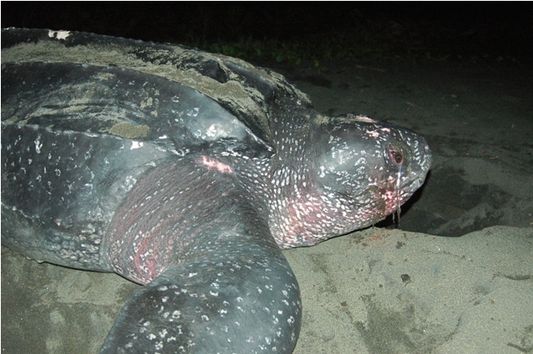
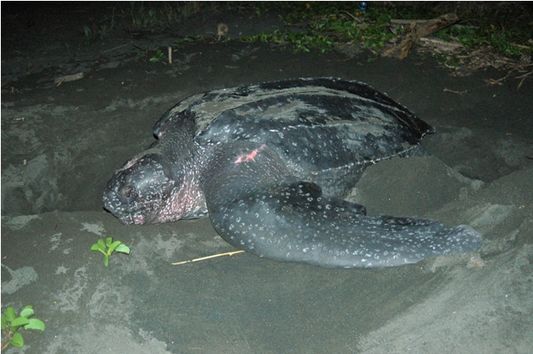
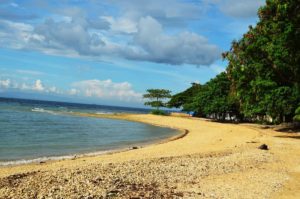
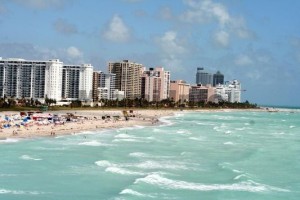
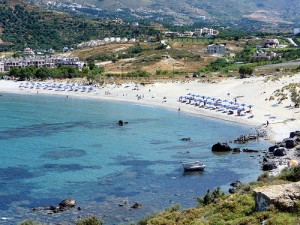

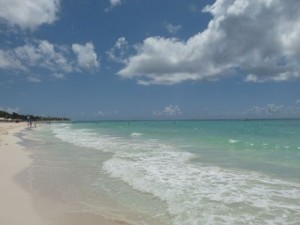
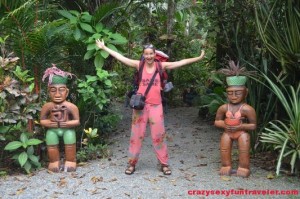
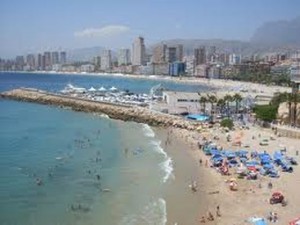

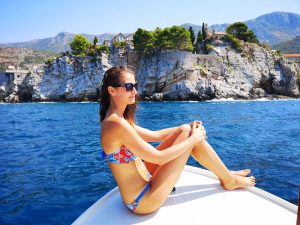

Crazy Sexy Fun Traveler
| #
Comment@ Ben:
The turtle farm sounds interesting. I would definitely go there :)
Ben
| #
I really love turtles! I had a few snapping turtles and few in love with all turtles because of them. I recently went to the turtle farm on The Grand Cayman Island and I absolutely loved it. Thanks for sharing this post!